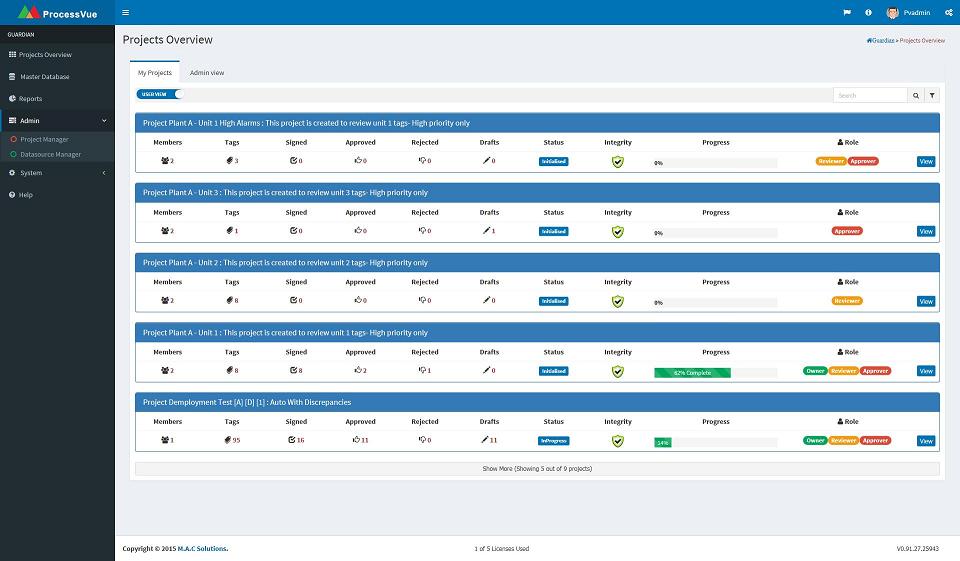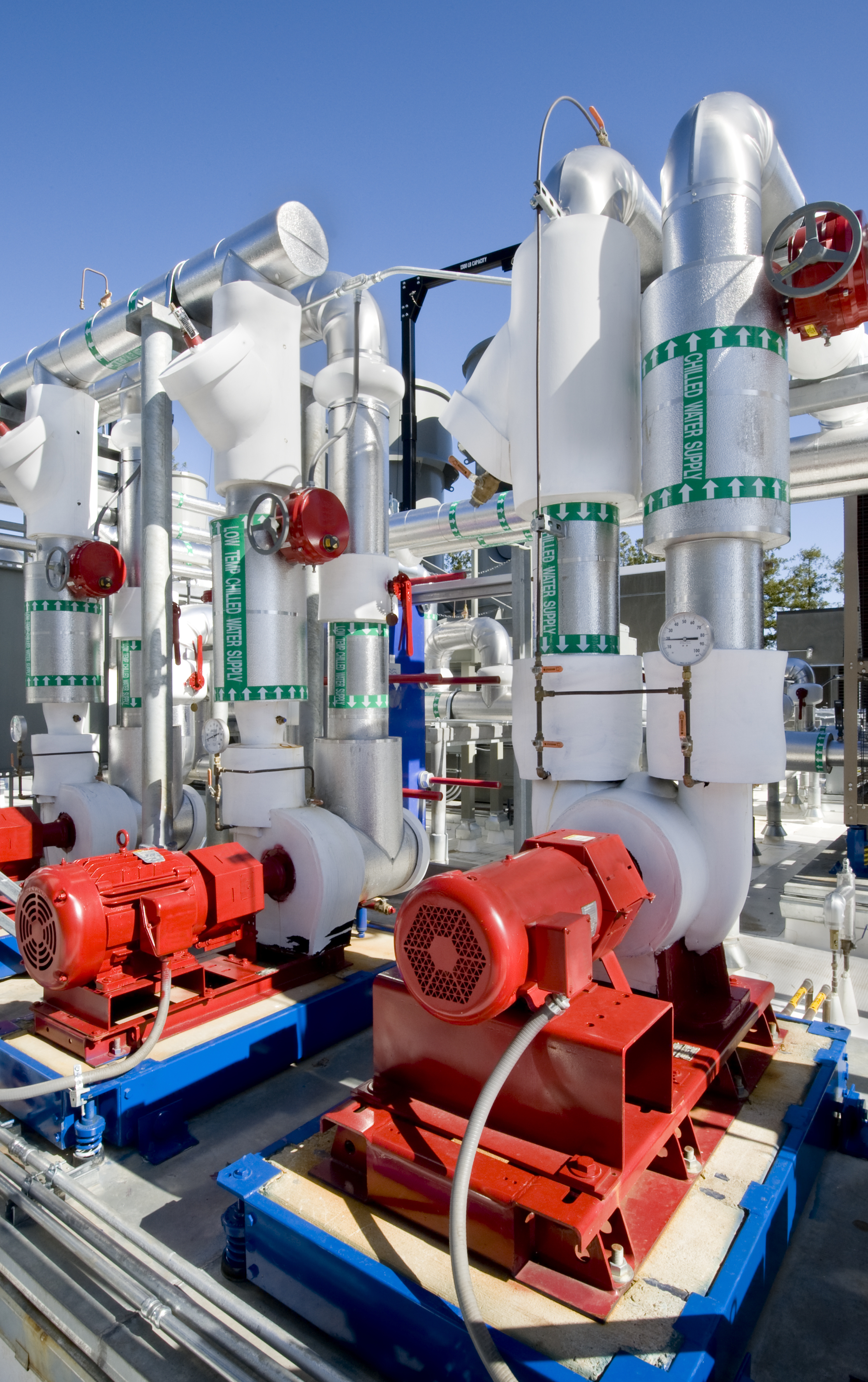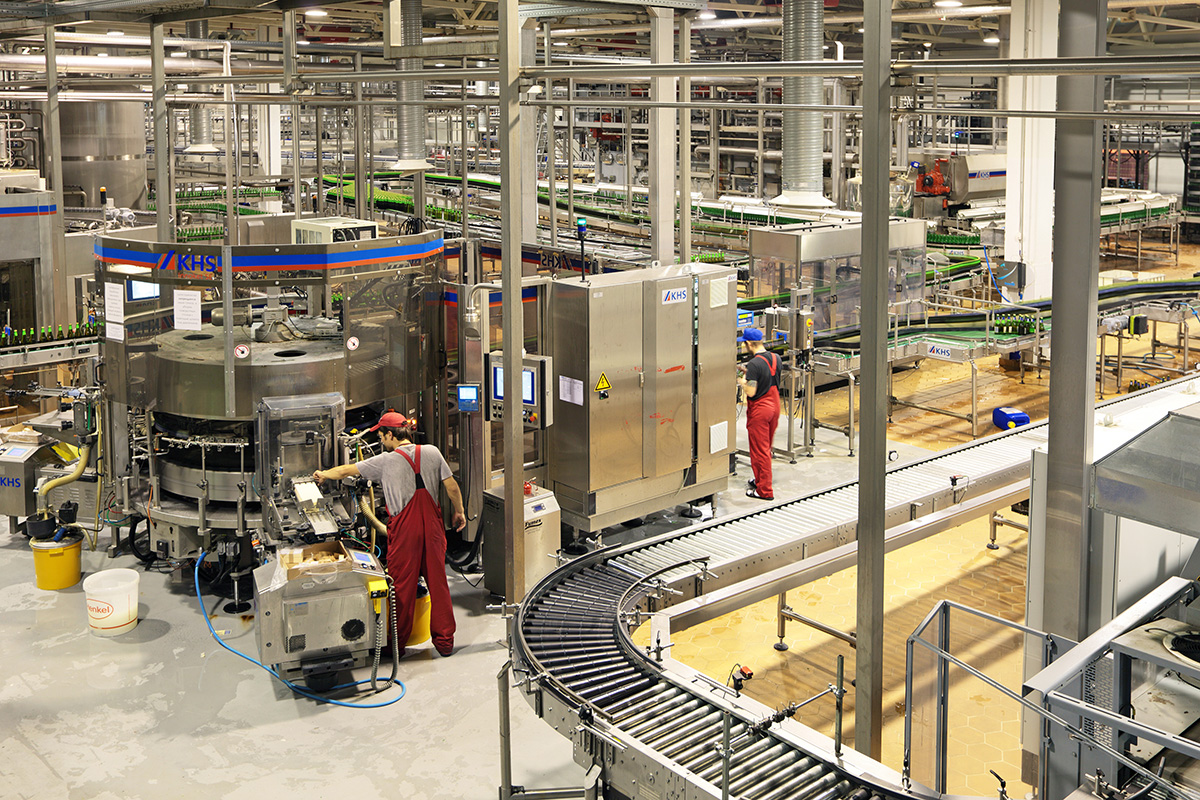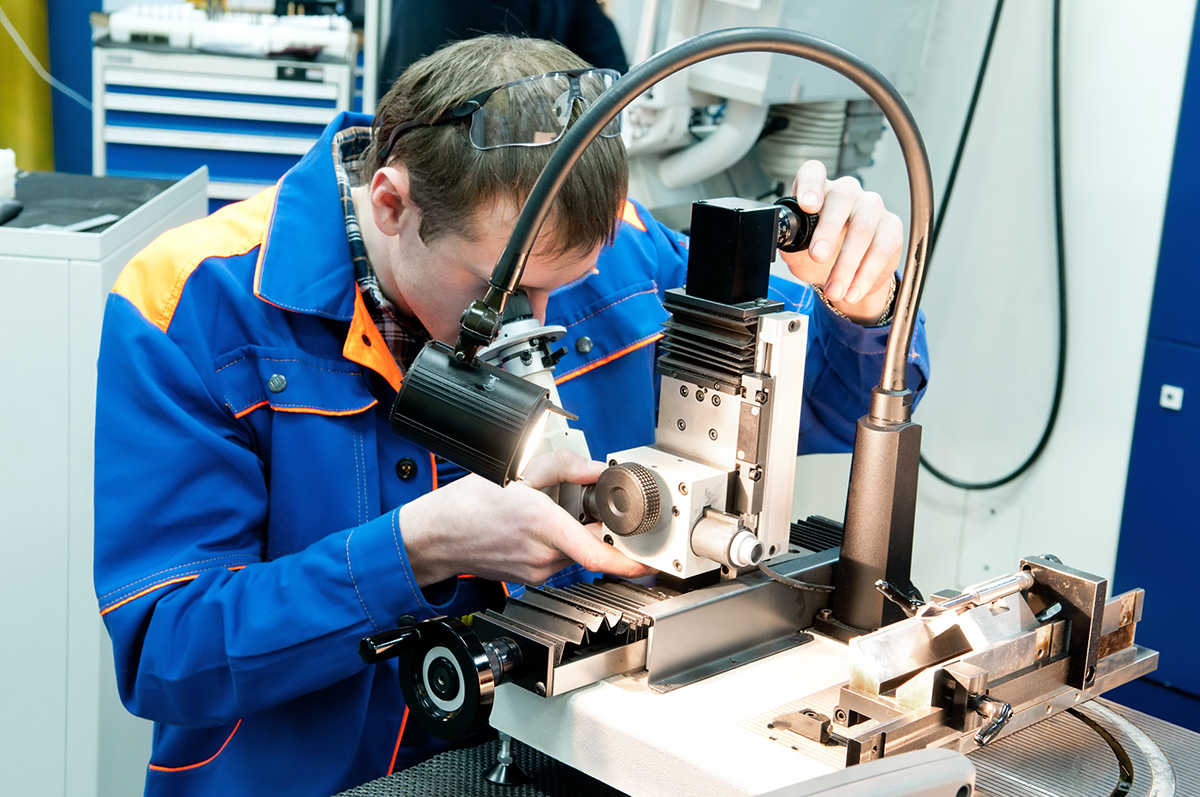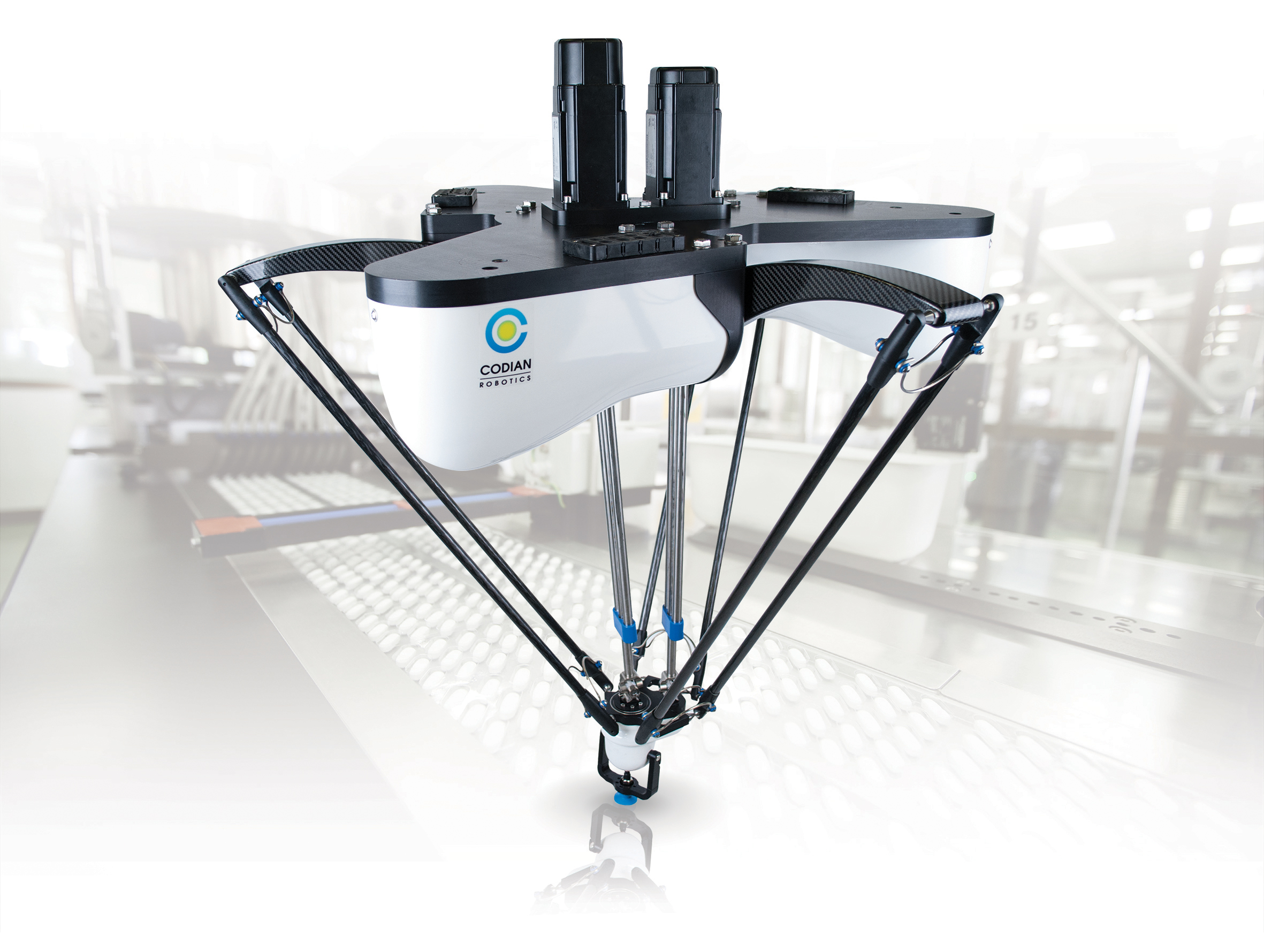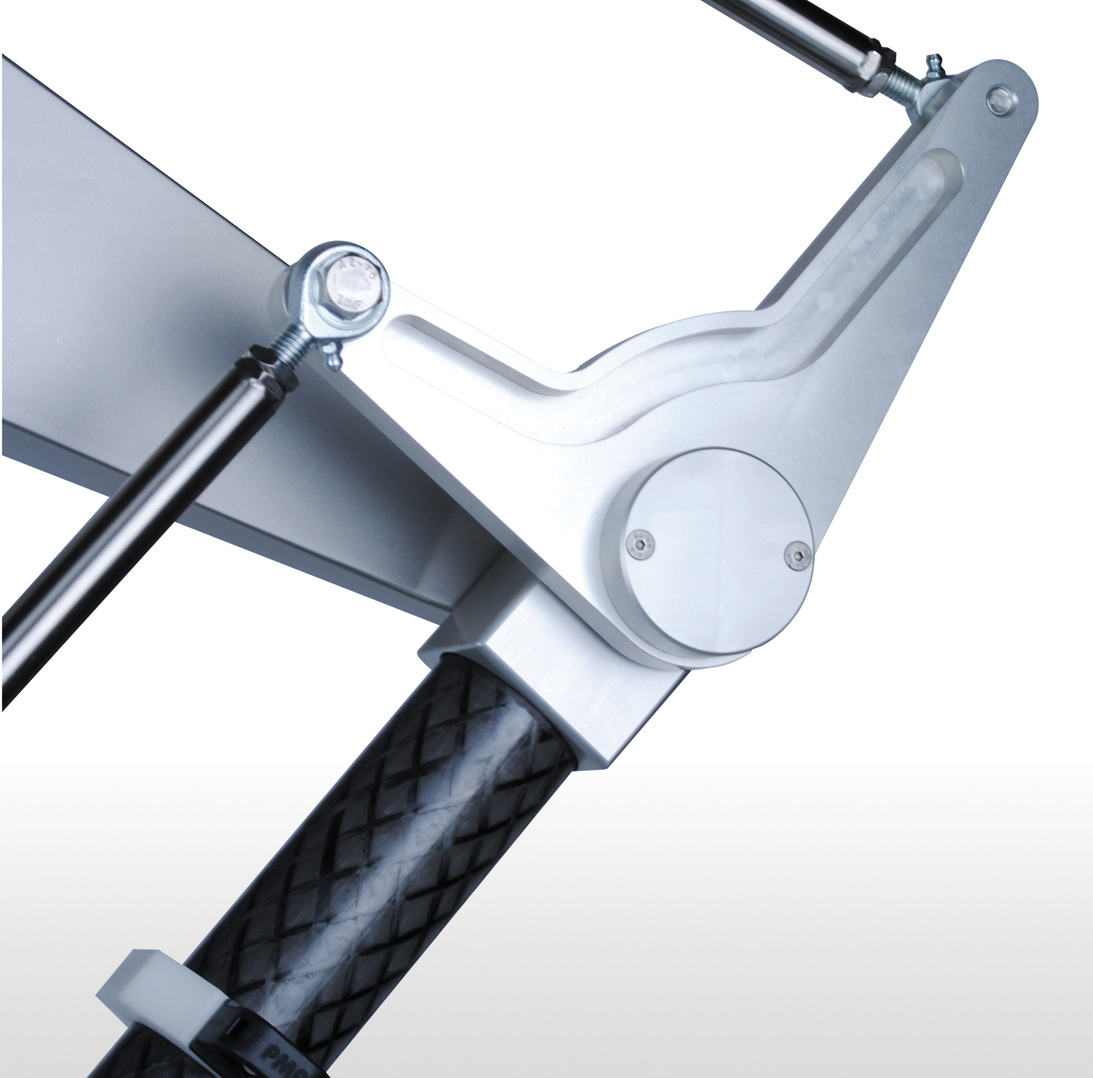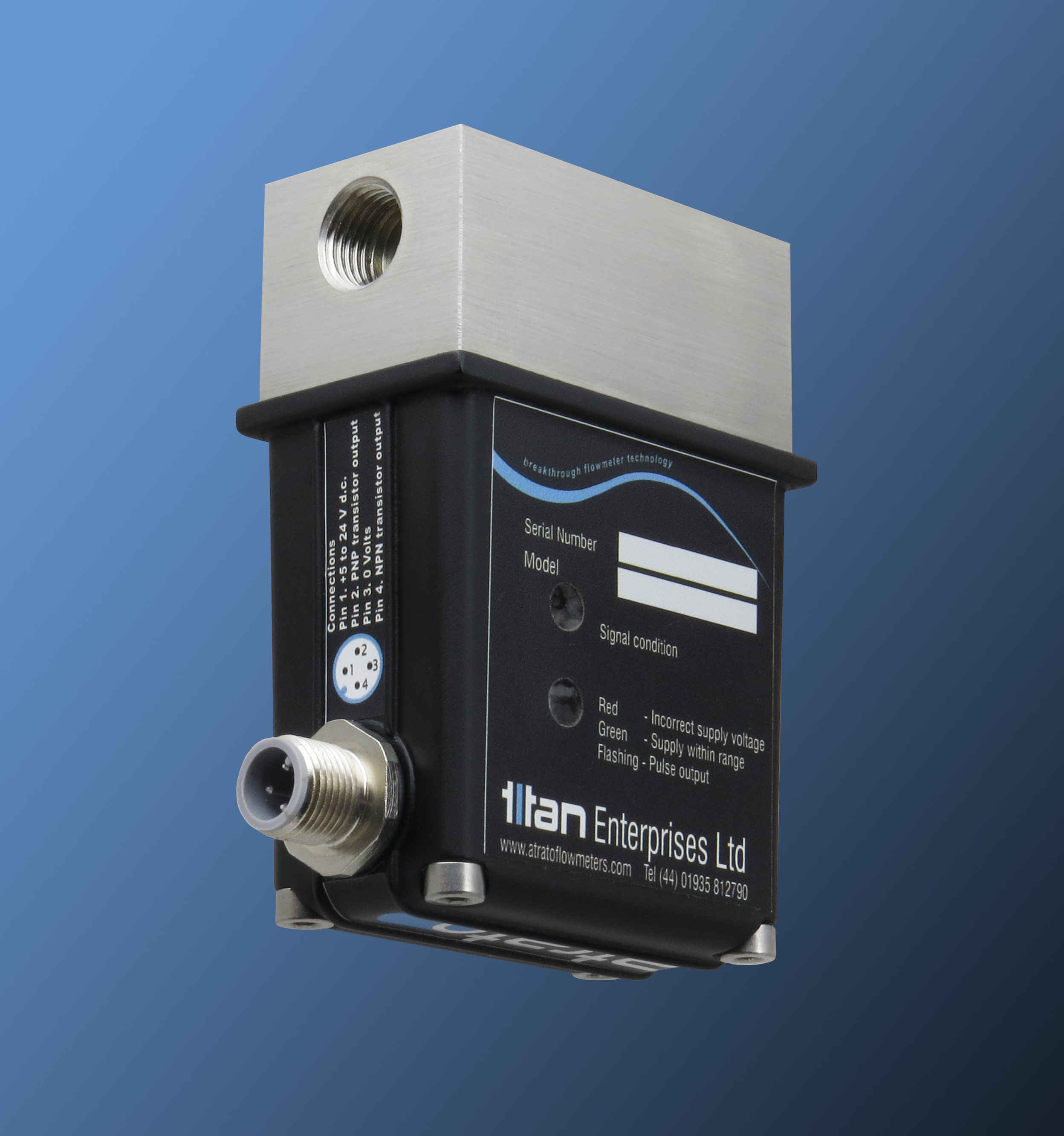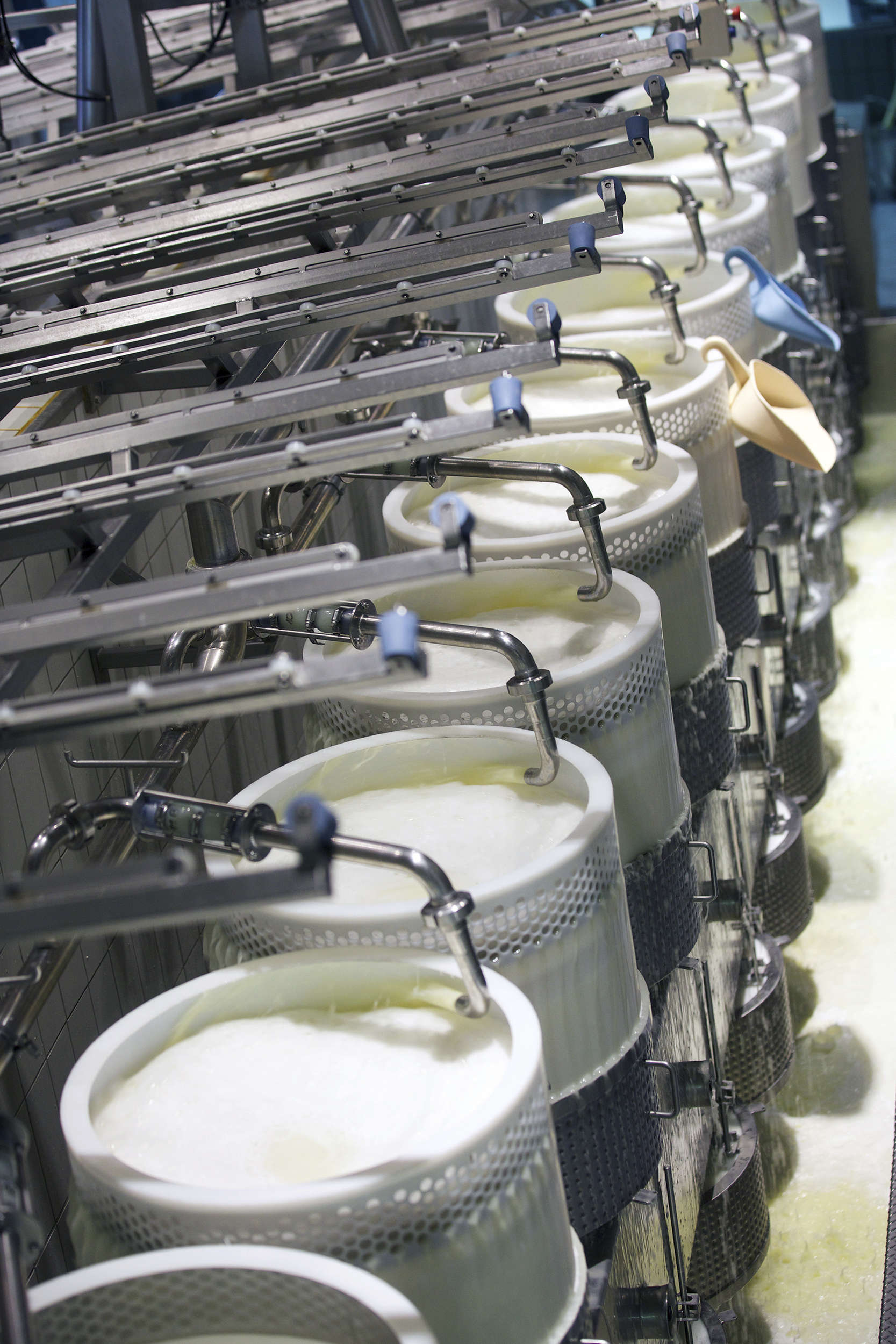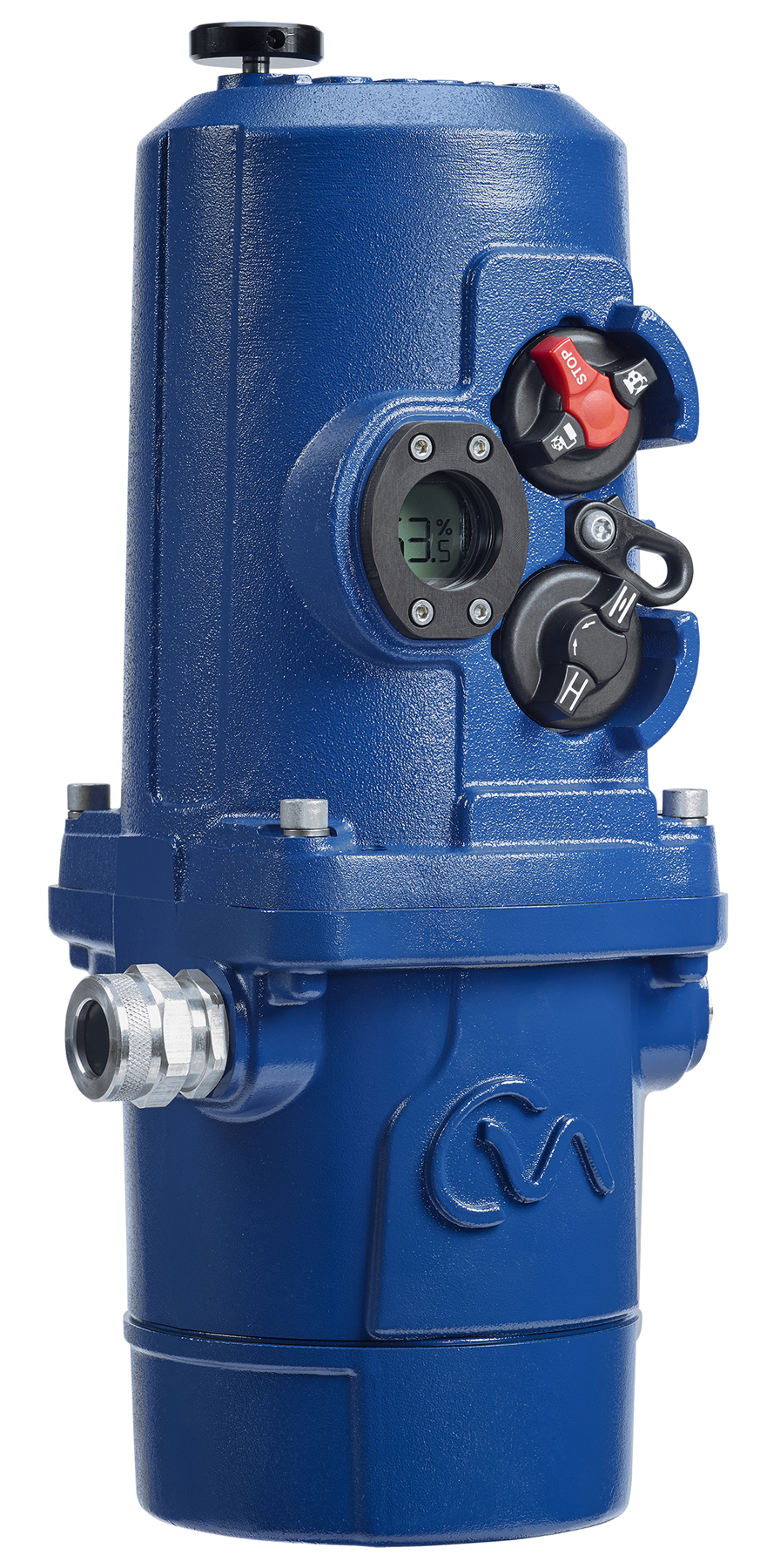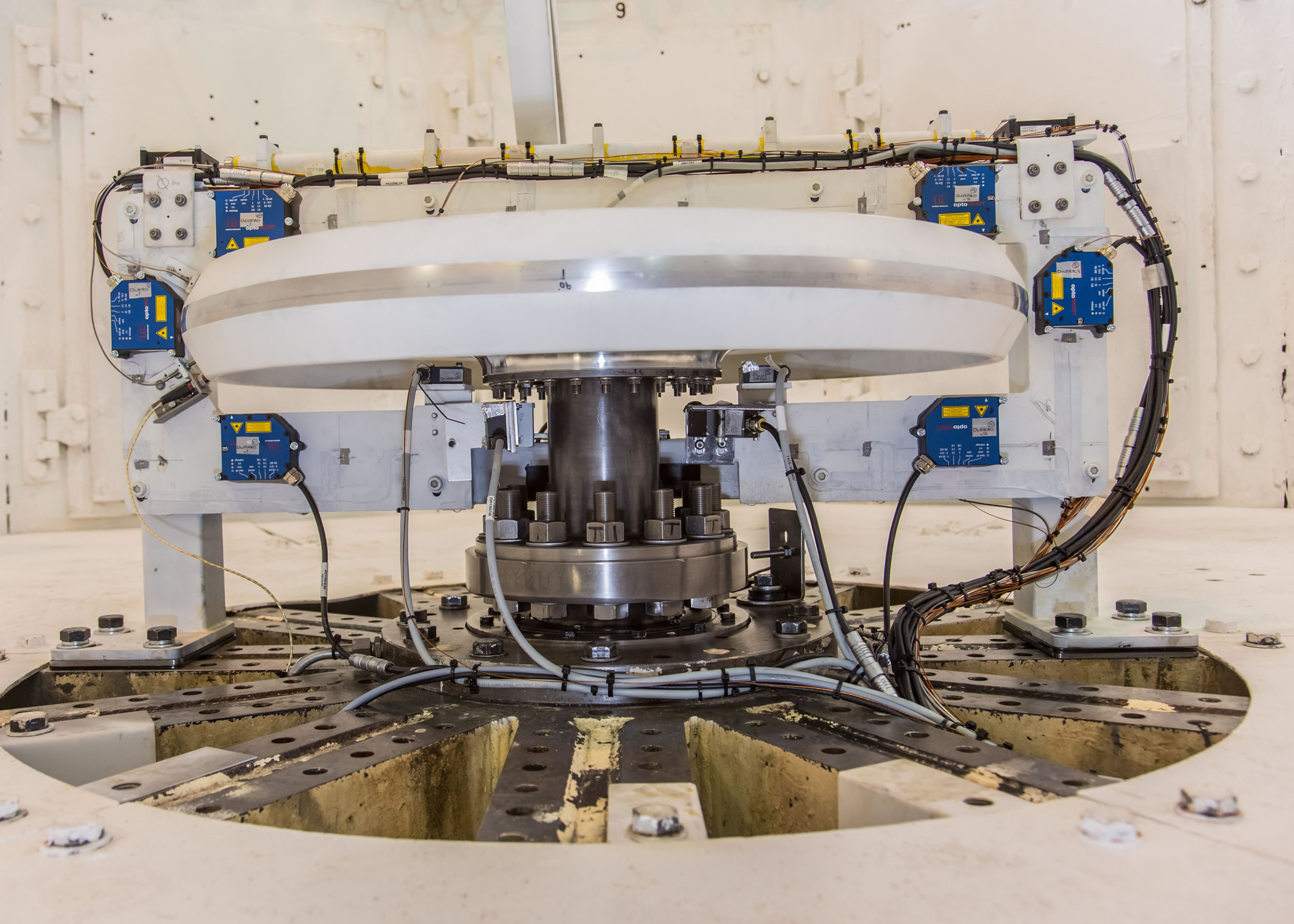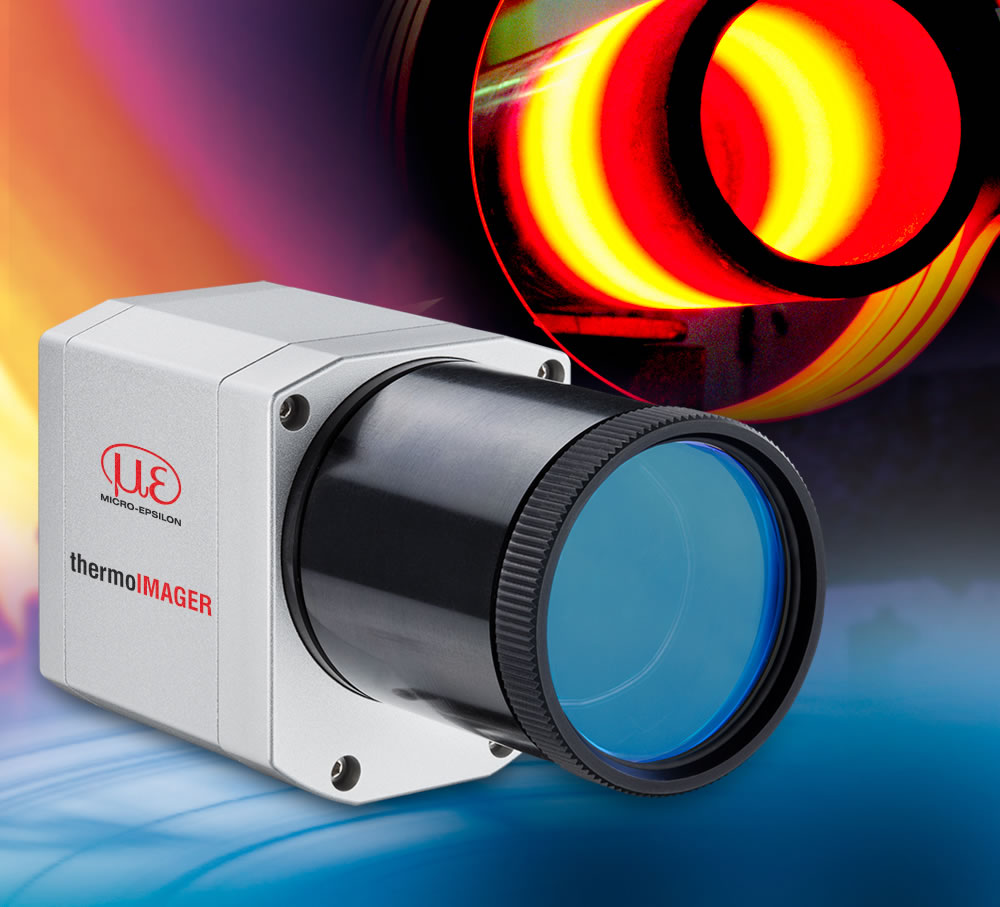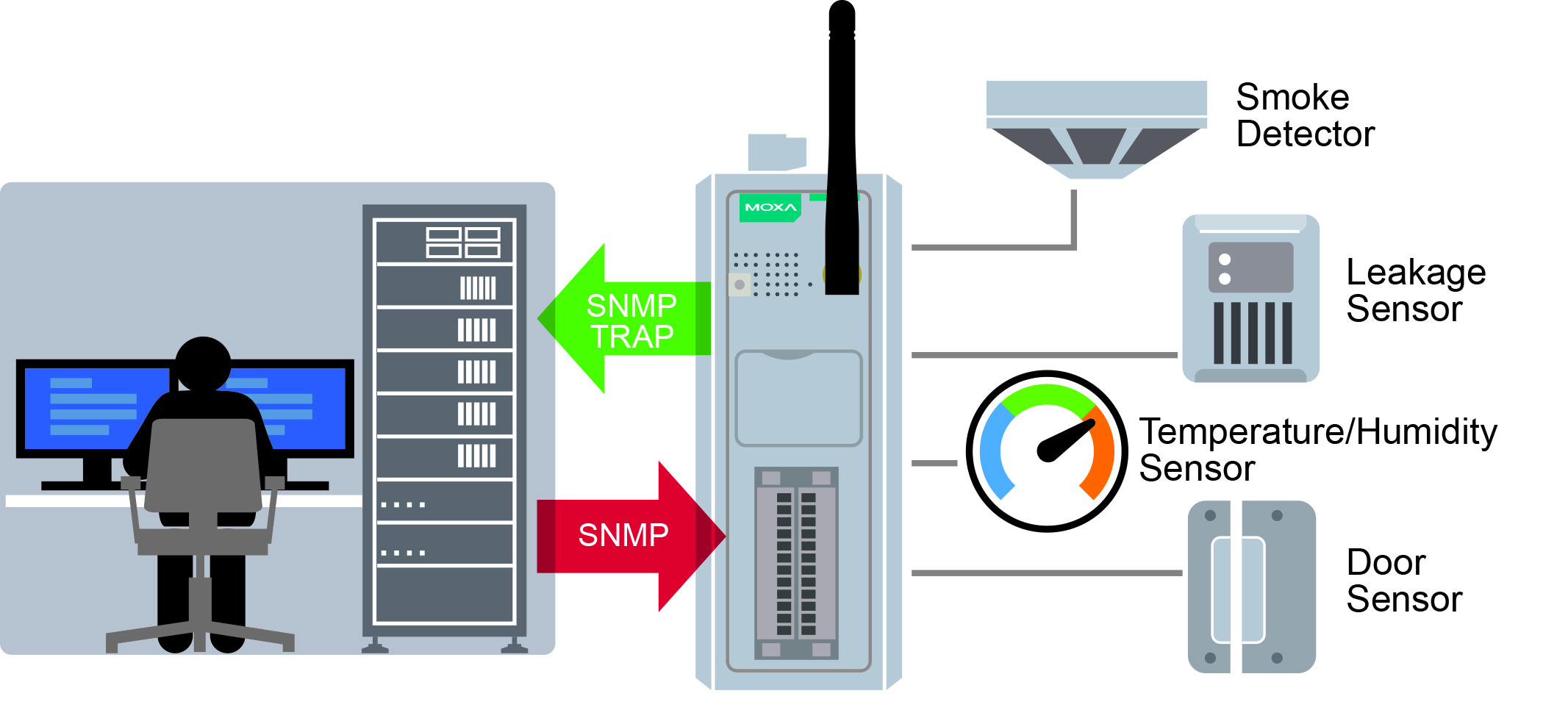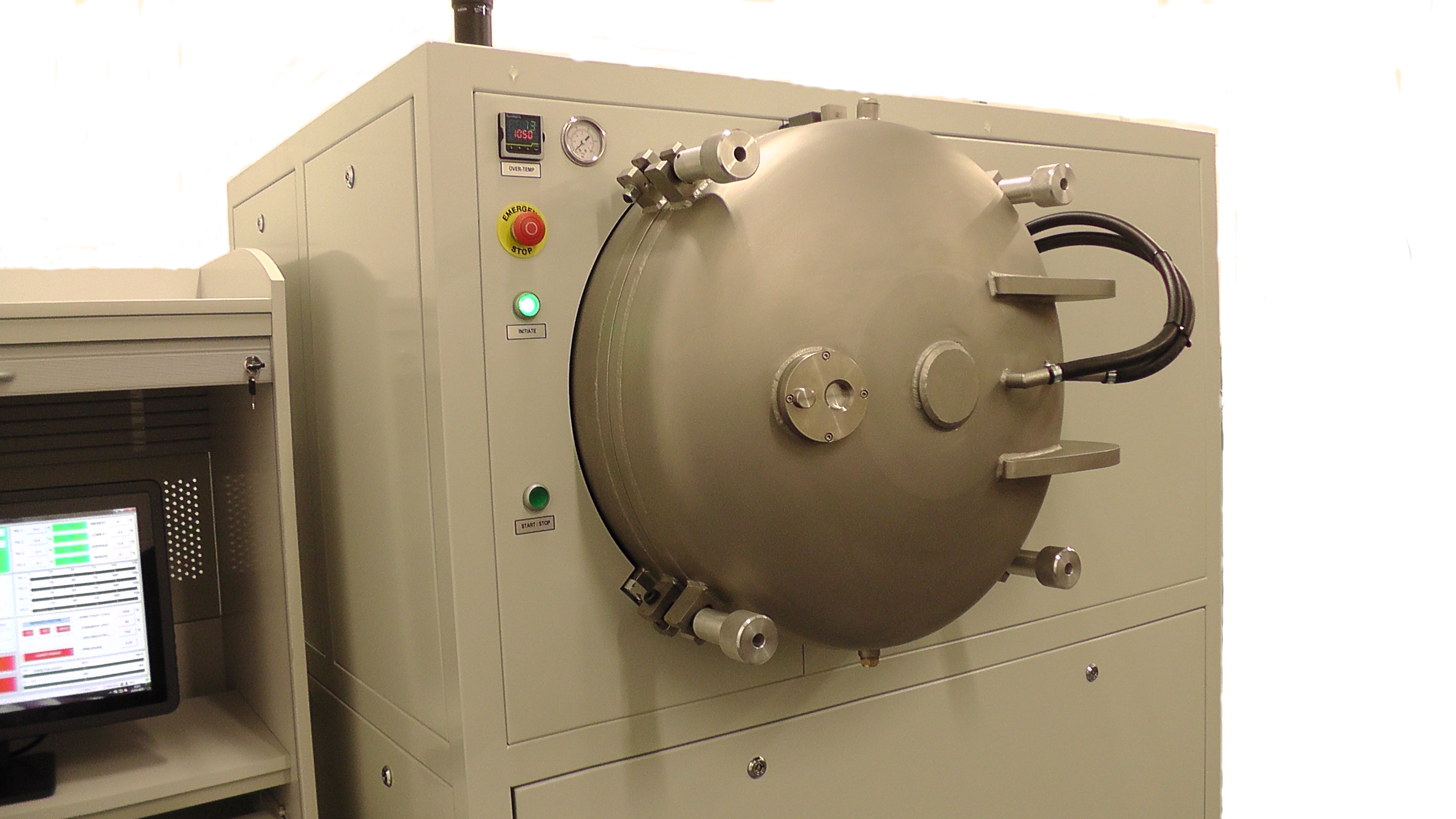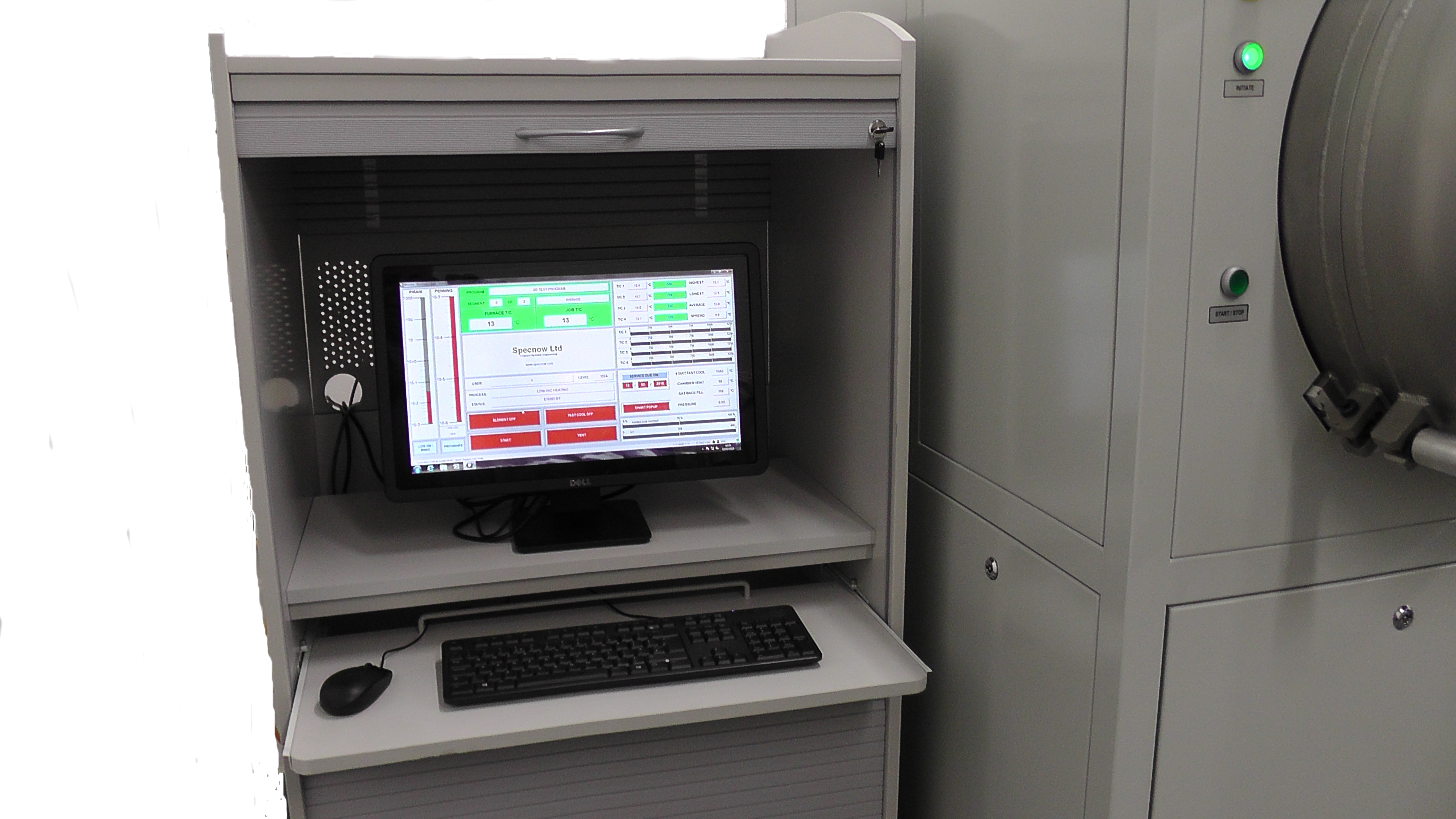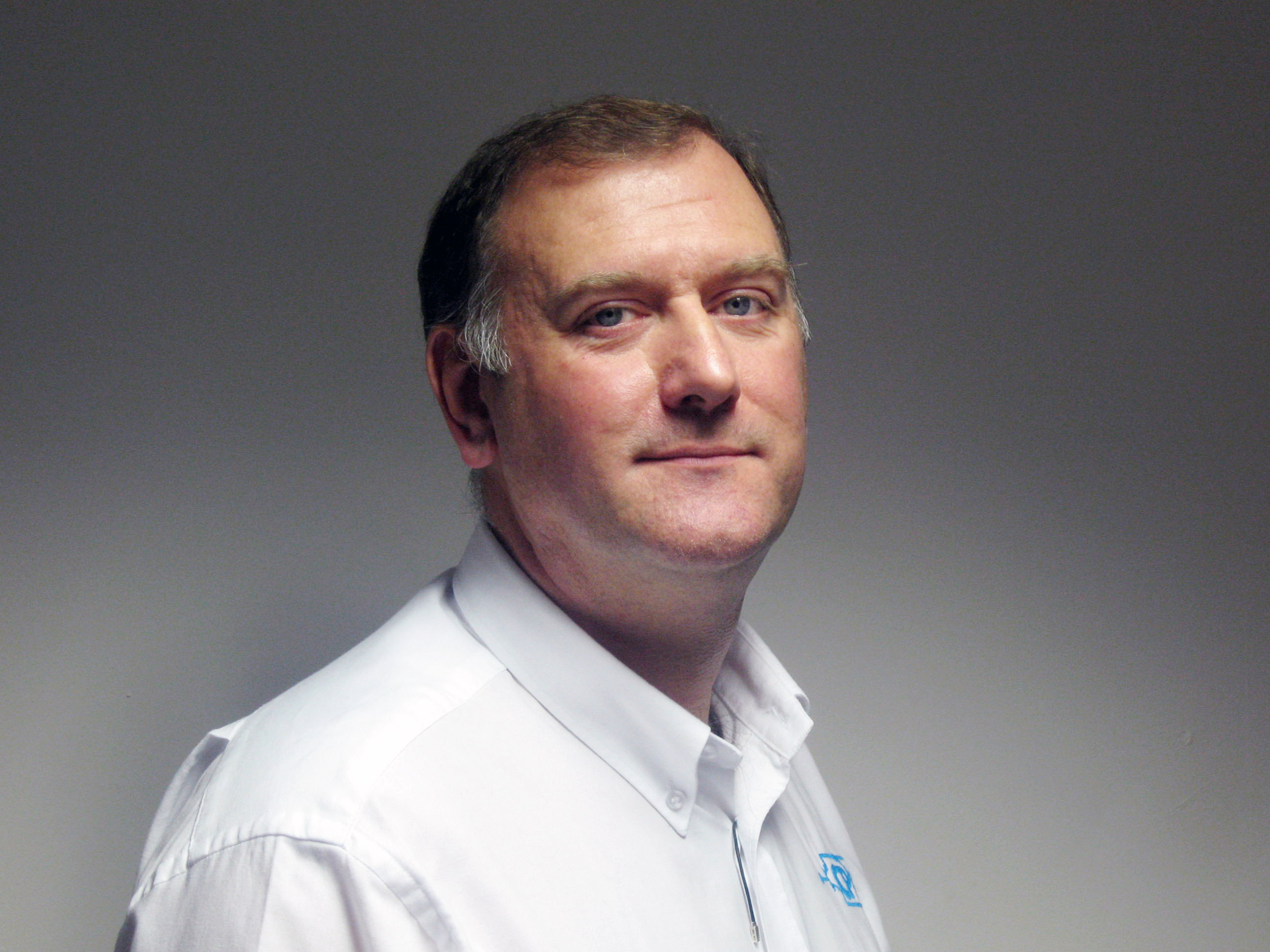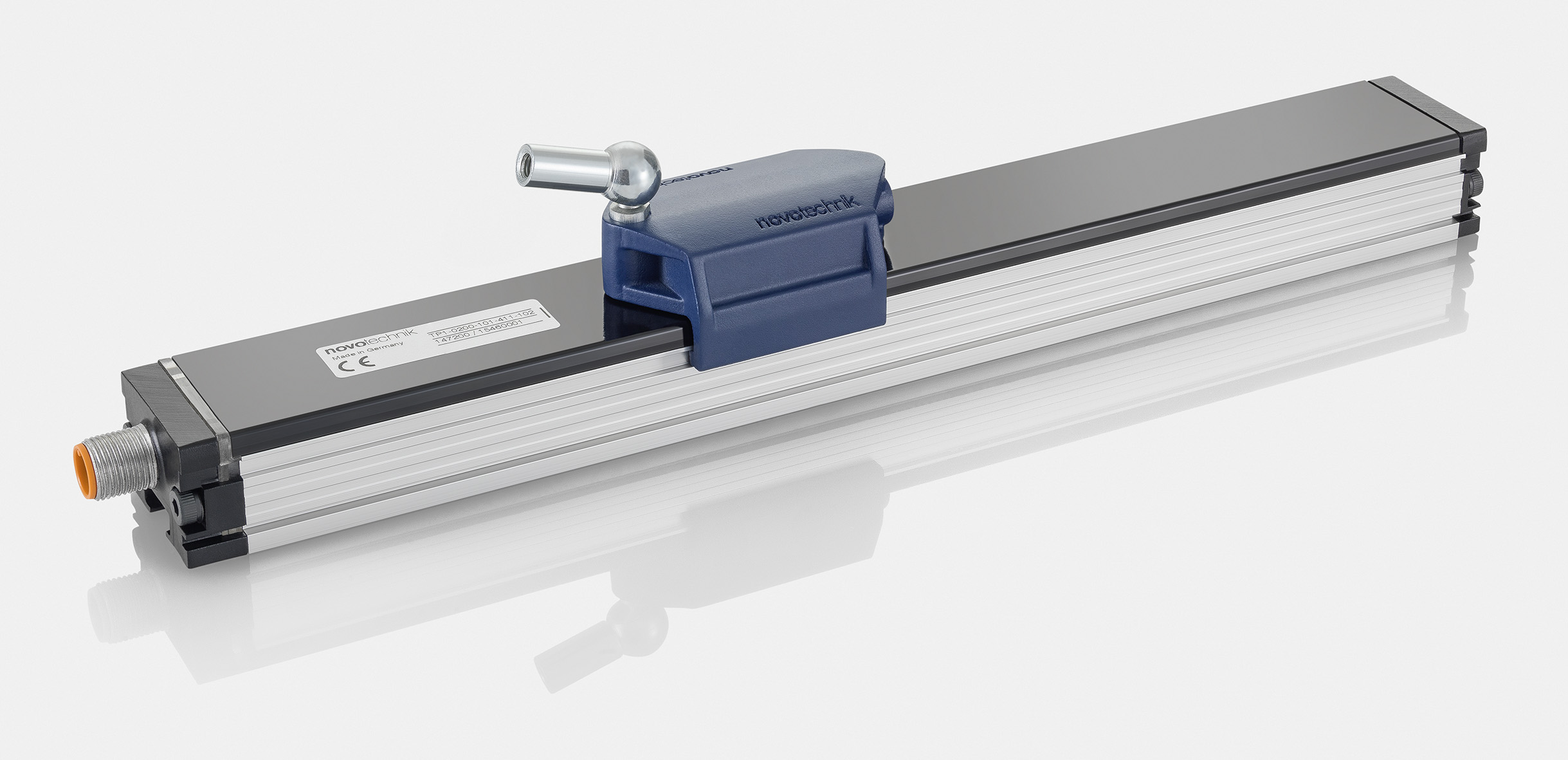Mark Proctor unveils his top five emerging environmental technologies to look out for
According to scientists and the internet, the Earth is 4.543 billion years old. In comparison, humans have been around for a modest 200,000 years. The consensus is that we would like to continue our existence for as long as possible and anything that can be done to extend the life of our home planet should be trialled and tested.
1. Bio fuel
There will definitely be oil in the ground in 150 years’ time, but whether humans will be able access it or not is an entirely different matter. That's bad news when you consider that in 2014 the US alone consumed 19.1 million barrels of oil per day. Unsurprisingly, alternatives are being tested all the time. Ingredients range from sugarcane to bacteria and even turkey entrails.
One alternative to fossil fuels is bio-hydrocarbon fuel. These are a biomass of plants with high fatty acid content, mixed with hydrogen using a catalyst, such as cobalt.
In 2009, Japan Airlines became the first commercial airline to complete a flight using a biofuel mix. The biofuel used was made from a plant called Camelina sativa, commonly referred to as wild flax, and used in a 50/50 mix with regular jet engine fuel - kerosene.
With diverse research into the field of biofuels and pressure from governments for automotive and aerospace manufacturers to start incorporating the potential of biofuels into designs, it won't be too long until we see more movement on this front.
In addition, it’s likely that biofuels will start to penetrate a more diverse range of industries. For example, diesel generators were traditionally used as backup and standby power supplies, but we are now seeing the more economical natural gas generators being used in their place. It's only a matter of time before biofuels usurp these as well.
2. Eco Obsolete Technology (EOT)
EOT refers to obsolete industrial automation that still meets current energy efficiency standards, despite not being produced or supported by the manufacturer anymore. Eco obsolete technology is playing a major role keeping industry compliant with energy regulations.
International standards, such as ISO 50001 and programmes like the European Ecodesign Directive and the Energy Savings Opportunity Scheme (ESOS), have meant more and more dated technology has fallen by the wayside because it doesn't match up to efficiency standards.
However, the phenomenon of planned obsolescence - a pre-designed lifespan of a product by a manufacturer – also means useful technology is becoming obsolete faster than ever before.
The word obsolete tends to conjure up wrong assumptions. Contrary to popular belief, it does not mean defective, broken or archaic. The term obsolete simply means no longer produced or supported by the manufacturer - who probably has a new product they'd like you to upgrade to.
Using eco obsolete technology has many green benefits for companies. As well as meeting energy efficiency guidelines, the technology ensures less obsolete inverters, human machine interfaces (HMIs) and motors end up in landfills.
3. Regenerative braking
One energy efficient technology that has actually been around for a while, but is yet to fully catch on, is regenerative braking. The technology converts kinetic energy that would have been wasted in a traditional braking system, into electric energy that can be used immediately or stored for later.
Regenerative braking applications are common in heavy engineering, mining, transport, elevators and other applications required to do a lot of braking and restarting. The mechanism is extremely prevalent in electric and hybrid vehicles where the energy is stored in the batteries and there are even plans to introduce it into aircraft landing gear.
A lesser-known fact is that regenerative braking can also be used in industry to save energy and money. For example, by using a regenerative unit in applications that employ continuous braking, such as engine test stands, transmissions and power plants, you can regenerate the braking energy of the driven system, and feed it back into the network.
The units use a feed-in tariff similar to the ones found on domestic and semi-commercial wind turbines, to allow companies to charge the electricity supplier for the excess returned power, should the building not use the energy locally.
When energy efficiency regulations become more stringent - and they will - we believe more and more companies in industry will turn to regenerative units instead of braking resistors. As demand increases, so too will competition, which should result in cheaper regenerative braking units for all.
The end goal is for industry to become as energy efficient as possible. Nobody likes waste, especially when it can be avoided and so it's a positive step forward to know efficient technologies and ideologies are emerging all the time. In truth, we could have mentioned 20 eco technologies in this article, but thought it best to keep it efficient. I hope that with advancements in science and engineering, the human race can at least stick around for another 200,000 years on a healthy planet.
Mark Proctor is managing director of European Automation.

